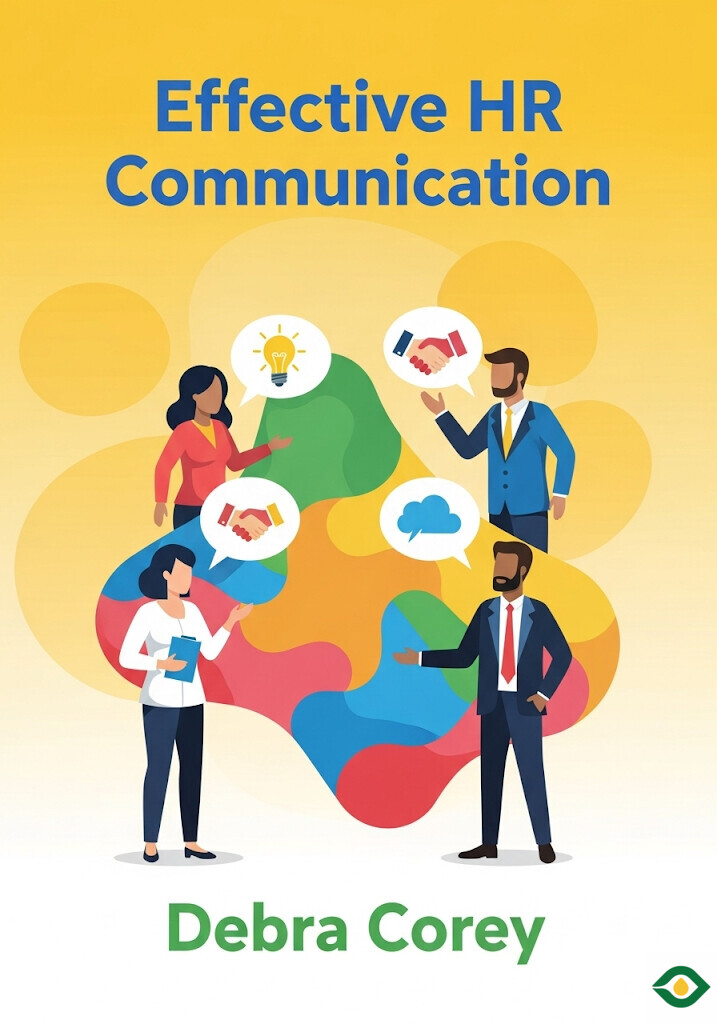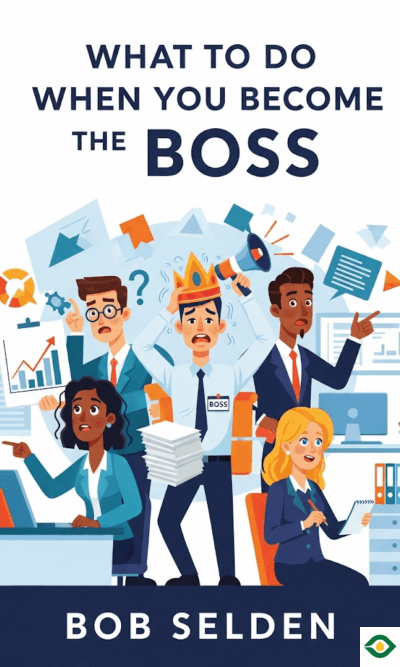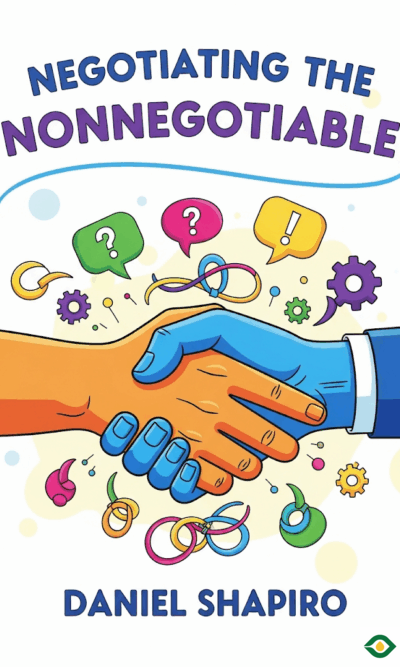Description
Effective HR communication is not just about sending information. It is about helping people understand what matters, why it matters, and what to do next. When communication works, employees feel respected and informed. They see how their work connects to the company’s values and goals. Trust grows. Engagement rises. Performance follows. When communication fails, people tune out, make wrong assumptions, and miss chances to act. The difference is rarely talent or budget. The difference is clarity, intent, and care.
Good HR communication starts with a clear purpose. Before writing a single line, ask “Why are we doing this?” Keep asking “why” until you reach a simple goal you can measure. Maybe you want employees to enroll in a benefit, use a recognition tool, complete training, or try a new platform. A plain goal keeps the message sharp and the team aligned. It also gives you a simple test later: did people do the thing?
Next, build shared meaning. Words like “fun,” “inclusion,” or “flexibility” sound nice, but they mean different things to different people. Your job is to turn abstract values into concrete behaviors. If you say “we have fun at work,” show what fun looks like in your context. Share stories, small rituals, and examples from real teams. When people can picture the behavior, they can repeat it. Communication then becomes a bridge between a slogan and a habit.
Invest time in investigation before you create. Ask the right people the right questions. Mix methods: a quick pulse survey for breadth, a few open conversations for depth, and a handful of “five whys” to get to root causes. Do not guess the channel or the format. Ask employees how they prefer to learn about new programs, and be ready for surprises. What you expect is not always what they need. Also, sample across roles, sites, and shifts. Office staff and frontline teams often live in different toolsets and rhythms. If you only listen to one group, your plan will be blind in the other.
Choose the medium to fit the message and the audience. A dense booklet might satisfy compliance but lose attention. A short explainer video, a visual step-by-step, or an interactive page can make the same content easy. Think about context. If people are on the move, use mobile-friendly messages or posters with scannable codes. If people sit at a desk, use email and intranet pages with clear anchors and a strong call to action. If your workforce spans ages and access levels, offer more than one path to the same information. A good rule: one message, many doors in.
Plan the work like a project. Great ideas can fail on logistics. Create a simple timeline. List tasks and owners. A RACI map helps: who is Responsible for doing the task, who is Accountable for the result, who should be Consulted for input, and who needs to be Informed of progress. Align on review steps for legal, brand, and data. Check the basics before launch: file formats, subtitles, mobile rendering, kiosk access, and translation where needed. Small misses, like a video without sound on factory PCs, can undo weeks of effort.
Build the right allies. Communication is a team sport. Secure leaders who will endorse the message with their own voice and actions. Find partners in HR, IT, and marketing who can help create, publish, and measure. Recruit contributors on the ground: site managers, peer champions, and respected team members who can translate the message into local practice. Choose allies carefully. An uncommitted sponsor can slow momentum. A vocal champion can unlock attention in minutes.
Make the content valuable, relevant, and sticky. Value means the information helps employees decide or act. Relevance means it fits their life stage, role, and needs. Sticky means it is easy to remember and share. Use plain language. Cut jargon. Replace abstract terms with everyday words. Prefer active voice. Keep sentences short. Use the KISS rule: Keep It Short and Simple. If a sentence does not move someone closer to the goal, remove it. Use strong, positive verbs that invite action: enroll, try, ask, save, thank, learn.
Prioritize information. People are busy and interrupted. Lead with the single most important point. Follow with the next two. Then provide detail for those who want it. Think of a pyramid: headline insight, key facts, deeper guidance. If someone only reads the first three lines, they should still know what to do and by when. Use micro-copy to reduce friction at the point of action: button labels that say “Enroll now,” field hints that prevent errors, and short checklists that confirm success.
Personalize when you can. Personalization is more than a first name. It is making the content directly useful for the person reading it. Show estimated savings based on real inputs. Suggest training based on role and skill. Remind people of deadlines that apply to their site or shift. Even small touches, like dynamic FAQs that reflect common questions in a location, can lift results.
Use simple design to guide the eye. White space is a tool. Headings help scanning. Icons can replace long explanations. A single visual that compares options may beat three paragraphs of text. If the topic is complex, break it into steps and show progress. Respect accessibility: readable font sizes, strong contrast, descriptive alt text, and captions on videos. When the design is kind, people stay.
End every message with a clear call to action. State exactly what to do, where to click, or whom to contact. Remove extra choices. Fewer decisions mean more completions. If action requires several steps, show them in order with a sense of how long it will take. Celebrate completion with a simple confirmation and a next best step.
Test early, test small, and test often. Do a quick hallway test: can someone understand and act in two minutes? Run an A/B email subject test to learn which line gets more opens. Try two versions of a landing page and track completion rates. Host a small focus group and listen for confusion. Use these signals to refine copy, order, and layout. Keep measuring after launch. If data shows drop-off at step two, fix step two. Course-correct in real time.
Think in campaigns, not one-offs. A single message rarely changes behavior. Plan a sequence that starts with awareness, moves to consideration, and finishes with action and reinforcement. Mix formats across the sequence: a leader video to set context, a short guide to explain choices, a reminder with a countdown near the deadline, and a success story after the close. Consistency builds recognition; variety keeps attention.
Anchor everything in trust. Trust grows when communication is honest, timely, and two-way. Share the reason behind changes, not just the change itself. Be open about trade-offs. Invite feedback and show what you did with it. Make it easy for people to ask questions in private and in public. When trust is high, people give you attention and grace. When trust is low, even perfect design struggles.
A practical way to remember the whole approach is the IMPACT model. Start with Investigation to learn needs and goals. Choose the right Medium to match message and audience. Do solid Planning so details do not trip you up. Gather Allies who can endorse, partner, and contribute. Craft Content that is clear, relevant, and simple. Keep Testing to sharpen and adapt. Each stage supports the next. Skipping one weakens the rest.
Finally, add a touch of magic. People remember moments, not memos. A playful theme at launch, a simple tool that makes a hard choice easy, a live Q&A with experts, or a small surprise in a common space can turn a routine update into a story people share. Magic does not mean expensive. It means thoughtful, human, and a little unexpected.
In the end, effective HR communication is about respect. It respects people’s time with clarity. It respects their intelligence with honest reasons. It respects their needs with useful details and real choices. Do those things well and you will see the change you asked for: more understanding, more action, and a culture that feels alive because everyone knows the script and wants to play their part.





